Valarie Brown:
CLASS OF 1977

North Shore High SchoolClass of 1977
Houston, TX
Channelview High SchoolClass of 1973
Channelview, TX
North Shore Junior High SchoolClass of 1972
Houston, TX
C.E. King High SchoolClass of 1969
Houston, TX
Cobb Elementary SchoolClass of 1968
Channelview, TX
Valarie's Story
Life
I work with energy because the work saves people money on their electric bills and I love it. My mom is saving $70.00 a month, my son (who lives in crosby,tx. saves $90.00 a month). My nephew who lives in baytown, my niece who lives in katy, and so many other people. I'm moving back to mom's house woodfores. If you want to hang out message my my space and its Valarie Marquardt not Varonica,so you can say hello (witt in the book call me.) The Varonica name with the witt added is aol. Ok its like this I have six living children and oldest male has three children, 2 male has three children oldest first born female has three children, fourth child has one child, and fifth child is expecting, my youngest is not married yet he is still in high school, but is in Honor classes and plans on going to college. He is pitcher for the baseball team. And last year was quarterback for the football team. He has won track meets and is a all around good child. I have been blessed. Two of my children are in Flordia, four are in different towns in Texas. I love them all very very much and they make life wonderful. I was a Blue Bird, Campfire Girl, Explorer, Scout Leader, Red Cross Volunteer.
Some of my Ancestors................
Nicholas Caillot Dit Lachance 1 2 3 4 5 6 Sex: M Birth: 1733 in France, Rhone District Death: 22 FEB 1799 in Ste. Genevieve, Missouri Note: Nicholas L. Calliott (originally pronounced Kye-oh) was probably born in France. There were and still are lots of Caillots in the Rhone District, so this is a likely place for him to have been born. In a census taken in Missouri about 1798 Nicholas says he was born in France. He evidently spent some time in New Orleans as a soldier when he first came to America. "The First Families of Louisiana" (by Conrad) contains "The General Roll of Louisiana Troops, 1720-70." One of those listed is "Nicolas Cailleux" who was discharged in the colony on April 1, 1756. Since this was in the middle of the French & Indian War (1754-1760), one wonders why he was released from duty. Soon after his discharge he went north to the French village of Kaskaskia (in what is now Illinois) where he married and settled down. He was about 24 years old when he arrived in Kaskaskia in about 1756-7. He married Nov. 22, 1757 to 16-year-old Marie Anne Giard in Kaskaskia, IL at the Notre-Dame de l'Immaculee-Conception Church by Father P.F. Watrin. They could both read and write to sign the church marriage register. [Although the documents above seem to be proof that Nicholas was in Kaskaskia by 1756-57, there seem to be persistent and repeated family stories that say Nicholas came to Ste. Genevieve with French aristocrats after the French Revolution about 1792.] French Canadians had explored Missouri as early as 1697. Begun in 1706, Kaskaskia was the first European settlement in the Mississippi Valley (later was the first capitol of the Illinois Territory). It was the center of French trade and government. Settlers came there from Canada and New Orleans. Somewhere along the way Nicholas received the nickname "The Lucky," and he and his children thereafter were known as Caillot dit LaChance [dit is French for "called"]. Most of the Frenchmen in the colonies along the Mississippi River had nicknames. Because of this Nicholas' descendants go by different last names: LaChance, Chance, Caillot and Colyott (my ancestors). Among the French population around Ste. Genevieve several of these nicknames were interchangeable with surnames: Deguire and LaRose; Couture and Lacomb; Tirard and St. Jean; Hubert and LaCroix; Perodot and Ratte; Calliot and Lachance, etc. In 1758 with the fall of Fort Duquesne and Fort Frontenac to the English, the French in the West (Mississippi Valley) were cut off from French Canada and left pretty much on their own. Then in 1759 Quebec fell, and Montreal in 1760 completed the British conquest of the French. During the Treaty negotiation France gave the Louisiana territory to Spain (1762) in returned for Spain giving Florida to the English. In 1764 St. Louis was established and many Frenchmen left their villages on the east side of the Mississippi to escape British rule. Nicholas Caillot, however, did not move to the Spanish west bank until 1787, the same year the Northwest Ordinance was passed by the American Congress. In Kaskaskia, Nicholas Caillot dit LaChance became a prominent resident of the community where he lived for 30 years (1757-1787). He was a master carpenter and trained two of his sons in the trade. In 1762 he was "marguillier" of the Kaskaskia parish. He was also referred to as "lieutenant of militia." He was a carpenter and a warden of the church. As a literate person, he served repeated terms as a judge of the Kaskaskia court, and he owned a lot of property and several slaves. He was mainly involved in trading--mostly fur trading, but, according to one incident, he had a canoe load of brandy captured by Americans. Nicholas and his family lived "at the termination of the Vincennes Road north of the billage and east of the Kaskaskia River." [The George Rogers Clark Adventure in Ill., p 102] In early July 1778, during the American Revolution, Gen. George Roger Clark visited Nicholas' home in Kaskaskia with his army when he captured Kaskaskia for the Americans. (Marianne was pregnant, Benjamin born July 26, 1778). Nicholas probably aided the Americans because, after 13 years of British rule, many of these French people were ready to support anyone against their old enemy, and because France had by then made an alliance with the American rebels. He furnished provisions and housing for the American troops at Kaskaskia, and may have assisted Clark & his men when they crossed the river at night on July 4, 1778. He also contributed to the equipping of the expedition of Colonel de la Balme against Detroit. One wonders what personal conflict he felt when Gen. Clark sought to arrest his brother-in-law Gabriel Cerre. The Cerre family moved to St. Louis in 1779. In Feb. 1779 Clark, with half his force made up of French volunteers from Kaskaskia, marched against the British at Fort Sackville. Finally, as so many other creoles, Nicholas, too, became fed up with the Americans. In 1781 he and all the other inhabitants of Kaskaskia were complaining about the oppressive treatment they were receiving from Clark and the other military commanders. In one instance, Clark allowed the seizure of firewood by force of arms from the yards of the inhabitants. "When one of the children of a Magistrate [Nicholas Caillot, who was also Captain of the Militia] protested politely that he had no right to take it without authority, then this Commandant, acting with Mr. Dodge, had him imprisoned and threatened the father with the same punishment." [The George Rogers Clark Adventure in the Illinois, p. 478.] Beginning in 1778 when the Americans took Kaskaskia from the British, the Spanish authorities increased their efforts to draw the French/creole population from the east side of the Mississippi to the west side. These families preferred to live under Spanish Catholic rule rather than in the turbulent, young American republic. Nicholas was very long-suffering since he remained under American rule for 9 years before he finally left his home of 30 years in Kaskaskia. In 1787 Congress passed the Northwest Ordinance, the process by which the Americans were to settle their territory east of the Mississippi. Nicholas sold his Kaskaskia property to a man named Tardiveau in September 1787, and in the winter of 1787-88 he moved to Ste. Genevieve, taking with him 14 slaves and his 11 children, many of them already married. From Dec 1787 to Dec 1789 135 people (13 families) moved from the East side to the West side. Some event undoubtedly triggered this exodus, and it's likely that it had something to do with the Northwest Ordinance. In the late 1700's a man named "Chailloux dit La Chance" operated a ferry between Ste. Genevieve and the east bank of the Mississippi River. [The Story of Old Ste. Genevieve, p. 79.] This was probably one of Nicholas' sons. "By the early 1790s [Ste. Genevieve] had several billiard parlors. Nicolas Caillot dit Lachance fils [son/Jr./II]...may have been the first entrepreneur to open a billiard parlor in town." [Colonial Ste. Genevieve, p. 324.] In 1792 Nicholas II sold his parlor to Francois Lalumandiere, who by the mid-1790's had 2 parlors. Nicholas II was probably prompted to sell by the following events: "Such immoral goings-on were not to be ignored by the parish priest, Abbe de St. Pierre, and the reverend father complained of the situation to Governor Carondelet in 1792.... In St. Pierre's words 'the cries of poor housewives and the tears of half-naked children' called out for a prohibition of billiard parlors. The dens of Father St. Pierre's letter were probably drinking and gaming establishments as well as billiard parlors. "Delassus de Luzieres reported in 1794 that all the inhabitants of the ...Expand for more
Illinois Country 'prefer any kind of strong liquor to beer,' and Ste. Genevieve was no stranger to problem drinkers.... "The early nineteenth-century traveler, Christian Schultz, remarked upon the passion for gambling in Ste. Genevieve: 'Vingt-un [the card game "Twenty-one"] is the word; and never did I see people embark with so much spirit and perseverance to win each other's money, as in this little village.'" [Colonial Ste. Genevieve, p. 325.] In 1793 the town of New Bourbon (Nouvelle Bourbon) was established, 2-3 miles south of Ste. Genevieve, for French royalists families living in exile. "Actually only a very few of the nobility came to New Bourbon and some of them moved away within a few years or returned to France.... When the nobility failed to show up in large numbers, the French residents of Old Ste. Genevieve and Kaskaskia laid claim to grants in New Bourbon, ....[including] Nicholas Caillot dit LaChance, a French Canadian [sic] and his nine sons". Nicholas and his sons "all [cultivated] the common field of New Bourbon and Ste. Genevieve, but afterward had grants on the Saline at Belle Pointe, on the road to Mine LaMotte, and on Big river, several of them being among the first settlers of St. Michael." (now Fredericktown) [History of Missouri, by Houck, p. 366.] The Caillots probably continued to live in Ste. Genevieve while they cultivated fields in New Bourbon, because "at the assembly of citizens convened by Trudeau in Sept., 1793, Nicholas Caillot dit Lachance, Jean-Baptiste Pratte, and Louis Bolduc pere (father/Sr.) were chosen by a plurality of voices as syndics to oversee the building of a new church" in Ste. Genevieve. They failed in their first attempt because of sharp disagreement within the community over location of the building and apportionment of the labor and materials. But the church was finally began in August, 1794 after Trudeau had made a second trip to Ste. Genevieve to resolved the disputes. [Colonial Ste. Genevieve, p. 440.] This was the first church in Upper Louisiana and was first built in Le Vieux Village de Ste. Genevieve. It was a large wooden structure which was later moved to Ste. Genevieve. It was old and abandoned in about 1835 and a new church was built. [from "History of Southeast Missouri", p.521-522] Marianne died May 1, 1795 at the age of 54 and was buried the next day in Ste. Genevieve. In 1797 Nicholas signed his name "N.L. Cailliot Lachance" on his daughter, Pelagie's marriage contract to Pierre Chevallier. It appears that Nicholas pere (Sr.) always signed his name Caillot LaChance, while his sons usually used only LaChance. On June 28, 1798 Nicholas sold a house and land at New Bourbon to Robert Bruster. Then 8 months later Nicholas died, Feb. 1799 (age 66). He was buried Feb. 22. 1799 was called the year of the "hard winter" and Nicholas died right in the middle of it. [In 1799, Ste. Genevieve had 949 people and St. Louis had 925.] Also "in 1799 the inhabitants of Nouvelle Bourbon voluntarily made a patriotic war contribution to aid the King of Spain." These included Antoine Lachance, carpenter; Paul DeGuire, armorer; Pierre Chevalier, planter; Gabriel Lachance, planter; Joseph Lachance, carpenter. [History of Missouri, p. 367.] May 12, 1799, probably in the Spring right after Nicholas died, a group of 13 families--mostly Caillots and DeGuires--petitioned Don Zenon Trudeau, Lieutenant Governor and Commander-in-Chief, for land. They had first expressed interest in this particular land to Don Trudeau by Jan., 1798. "In 1800, Francois Valle explained to Lt. Governor Delassus that he did not know what title 3 residents of New Bourbon--Paul Deguire, Francois Lachance, and Jerome Matisse--had to land near Mine La Motte upon which they had built a cabin, 'but I can tell you that their ancestors were old settlers at this post.' Tradition, family name, and customary rights counted heavily in the Illinois Country." [Colonial Ste. Genevieve, p. 154.] Each man was granted 400 arpents of land (an arpent is about 4/5 of an acre) situated between the Saline River and Castor River (or Village Creek) in what in now Madison County, Missouri. These families moved there and began a settlement called St. Michael's. "Nicholas Calliot, the father of these men, had been a 'Knight of the Grand Cross of the Order of St. Michael' and this accounts for the name chosen for the new village." [History of Madison County, p. 10.] In 1814 flooding caused the original site to be moved to higher ground and the name was changed to Fredericktown. [This area now is part of Madison Co, which was not formed until 1818, so records on them after their move will still be in Ste. Genevieve until 1818.] Nicholas pere (Sr.) had 9 sons and 2 daughters. All of his children (except maybe 3 sons) were in the group that moved to Fredericktown. Son, Jean Baptiste stayed in Ste. Genevieve (& later moved to Arkansas), and sons, Charles & Benjamin were probably not married yet. The group that moved to St. Michael's (later, renamed Fredericktown): 1. Nicholas Caillot II & Judith (Boyer) 2. Antoine Caillot & Felicite (Louviere) 3. Gabriel Caillot & Marie Ann (Louierer) 4. Franois Caillot & Pelagie (DeGuire) - daughter of Andre DeGuire 5. Joseph Caillot & Julie (LaCroix) - grand-daughter of Andre DeGuire 6. Michel Caillot & Elizabeth (Roussell) 7. Paul DeGuire & Marie Ann (Caillot) - son of Andre DeGuire 8. Pierre Chevallier & Pelagie (Caillot) 9. Andre DeGuire dit LaRose - father-in-law of Francois Caillot & Marie Ann Caillot, & grandfather-in-law of Joseph Caillot 10. Baptist DeGuire - son or brother of Andre 11. Gabriel Nicholl 12. Jerome Matis 13. Pierre Viriat In 1800 Spain ceded the land west of the Mississippi back to the French with formal possession made in 1802. It is interesting to note that after 40 years of Spanish rule, there was virtually no Spanish influence on the culture, customs and language of these people. They spoke a conglomerate dialect of French, Indian and English until about 1840 by which time the English had gradually overpowered, intermarried, and outnumbered them. In 1803 the Louisiana Territory was sold to the United States and the Lewis & Clark Expedition took place in 1804. When Capt. Amos Stoddard took possession of Upper Louisiana from the Spanish on Mar 9, 1804, the French settlers were both bewildered and troubled by these changes. One report declares that the "older inhabitants took it sadly to heart." Once again they had been traded away by their own countrymen. Stoddard described the reaction of the Creoles to the deal as follows. "they seemed to feel as if they had been sold in open market, and by this means degraded..." The Missouri Territory Land Claims mentioned two of Nicholas' sons: In 1803 "John B. Caillot" settled on the bayou 3-4 miles below the village in New Madrid County; and "Francois Caillot" settled in Jan., 1809 on the Big Marsh, Ste. Genevieve. Sources: The George Rogers Clark Adventure in the Illinois, by Seineke, 1981 The Story of Old Ste. Genevieve, p. 79. Colonial Ste. Genevieve, by CJ Ekberg History of Missouri, by Houck, by L. Louck, 1908 History of Madison County, by H.C. Thompson, 1940 The First Families of Louisiana, by G. Conrad, 1970 Marriage 1 Marie Anne Girard b: 1742 in Kaskaskia, Randolph County, Illinois Married: 22 NOV 1757 in Kaskaskia, Randolph County, Illinois Children Nicholas Caillot Dit Lachance II b: 1758 in Kaskaskia, Randolph County, Illinois Marie Anne Caillot b: 23 OCT 1760 in Kaskaskia, Randolph County, Illinois Jean Baptiste Caillot Dit Lachance b: 4 AUG 1762 in Kaskaskia, Randolph County, Illinois Antoine Caillot Dit Lachance , Sr. b: 2 APR 1764 in Kaskaskia, Randolph County, Illinois Gabrielle Caillot Dit Lachance b: 20 MAY 1766 in Kaskaskia, Randolph County, Illinois Francois Caillot Dit Lachance b: 6 OCT 1768 in Kaskaskia, Randolph County, Illinois Joseph Caillot Dit Lachance b: 1 JAN 1771 in Kaskaskia, Randolph County, Illinois Michel Caillot Dit Lachance b: 15 OCT 1768 in Kaskaskia, Randolph County, Illinois Marie Anne Caillot b: 15 MAR 1774 in Kaskaskia, IL Pelagie Caillot b: 25 DEC 1775 in Kaskaskia, Randolph County, Illinois Charles Caillot Dit Lachance b: 30 MAR 1777 in Kaskaskia, Randolph County, Illinois Benjamin Caillot Dit Lachance b: 16 JUL 1778 in Kaskaskia, Randolph County, Illinois Louis Benjamin Caillot Dit Lachance b: 6 DEC 1783 in Kaskaskia, Randolph County, Illinois Sources: Title: The George Rogers Clark Adventure in the Illinois Author: Seineke Publication: 1981 Repository: Media: Book Title: The Story of Old Ste. Genevieve Note: Pg. 79 Repository: Media: Book Title: Colonial Ste. Genevieve Author: CJ Ekberg Repository: Media: Book Title: History of Missouri Author: L. Louck Publication: 1908 Repository: Media: Book Title: History of Madison County Author: H.C. Thompson Publication: 1940 Note: page 10 Repository: Media: Book Title: The First Families of Louisiana Author: G. Conrad Publication: 1970 Repository: Media: Book
Register for Free to view all details!
Yearbooks
Reunions
Register for Free to view all events!
Photos


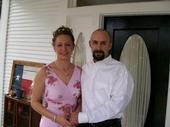
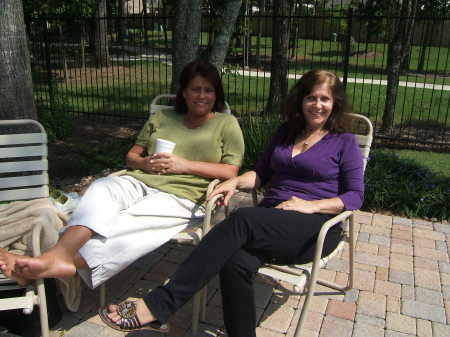
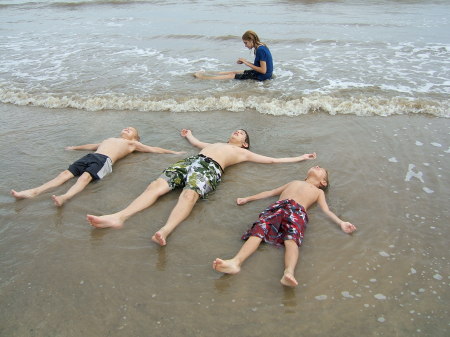
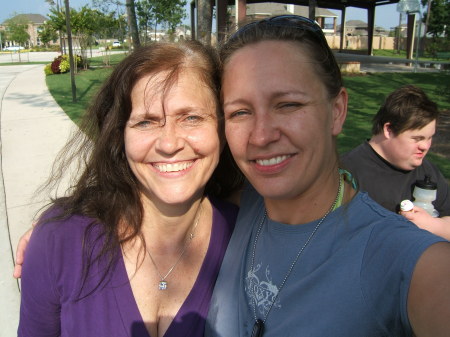
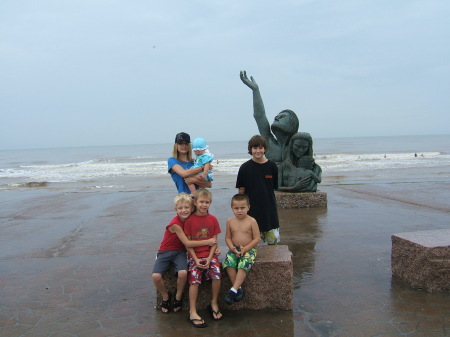
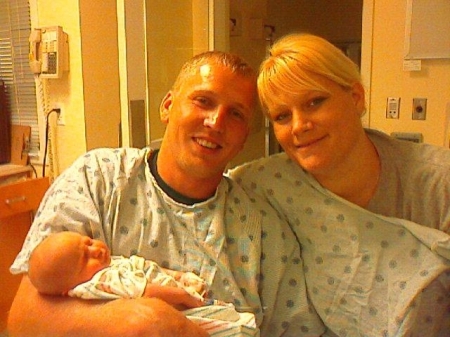
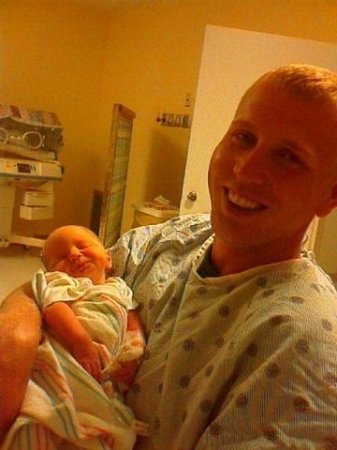
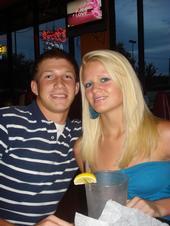
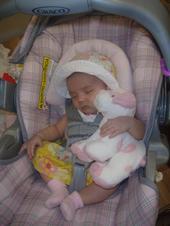
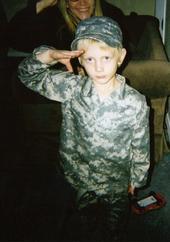

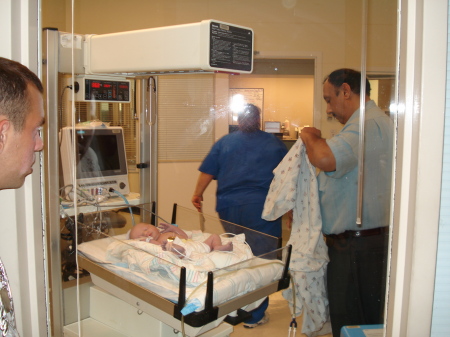
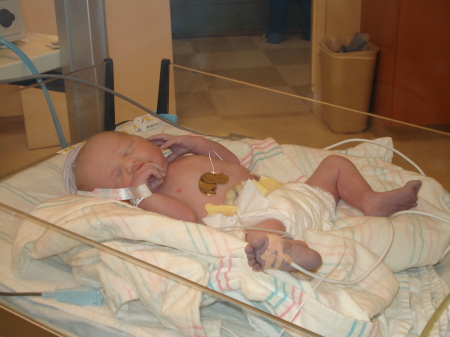
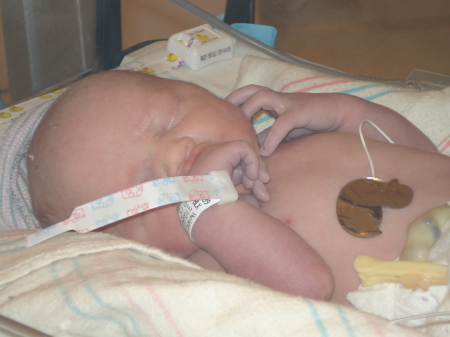
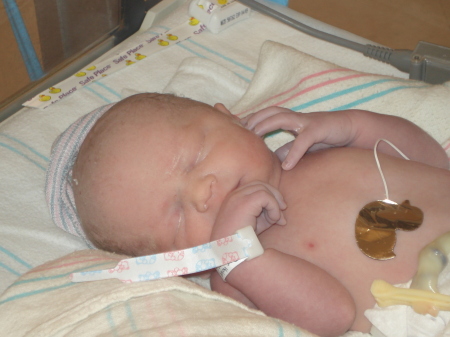
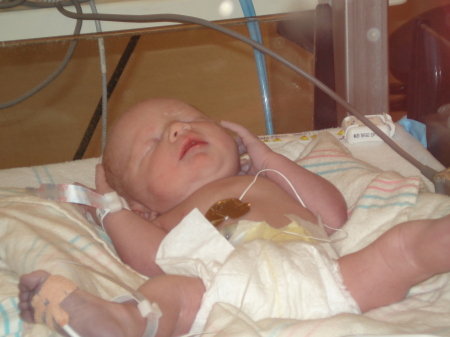
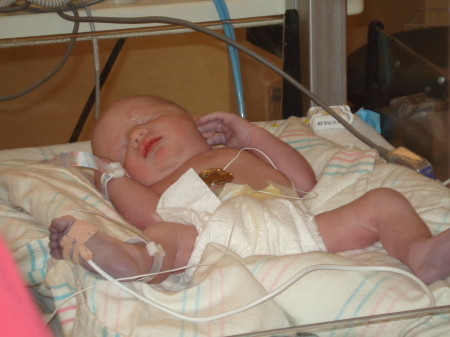
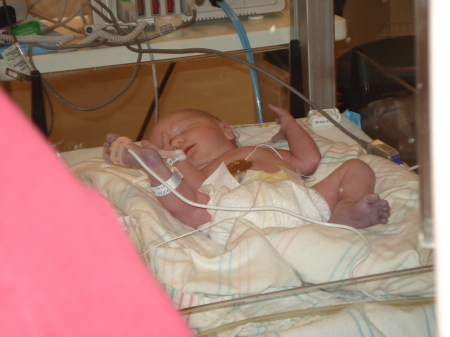
Register for Free to view all photos!



